It’s time to take another look at bodies in art, female ones specifically. Whether it is down to to a significant social moment, or the act of a female god, a cluster of exhibitions is here to help. Female nudes have always been a presence in art history, which generally tells the story of them as reclining, bashful, passive creatures, with a few writhing tortured ones here and there. Mythology and martyrdom were seen as good ways to get around prudish censors, although that went for depictions of men as well as women: but there was something subtly different about how the sexes were presented, and looked at.
When John Berger wrote his influential Ways of Seeing, just over 50 years ago in 1972, he described how: “Men look at women. Women watch themselves being looked at,” and very little in the accepted canon of the world’s great art would have appeared to be able to persuade you otherwise. But that isn’t necessarily the whole story. Look more closely and you’ll find a little dissonance, if not sense itself breaking through. Where does Berger’s thesis have space for our own Sheela Na Gigs, or the ancient female figures considered to be fertility goddesses across different cultures? Then there are the artworks produced by some First Nations cultures, where the identity of the makers have been lost to time, and their gender with it.
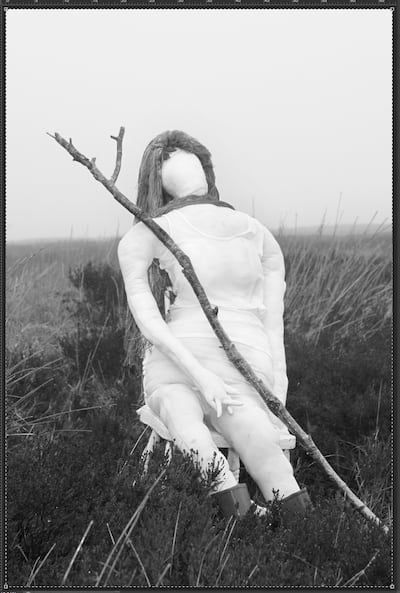
In her book examining art’s affinities with the uncanny, The Other Side, published in February, former editor of Frieze Magazine Jennifer Higgie writes of the wholesale removal of women from art history. “Even though there is clear documentation of [female artists] working professionally across Europe from the 16th century onwards,” she writes, in the art historical textbooks she studied in school, “the only women mentioned are those painted by men, and even their names are rare”.
The excellent Lavinia Fontana exhibition at Dublin’s National Gallery of Ireland redresses that balance. Fontana, who painted in Bologna and Rome in the 16th and early 17th centuries, is credited with being the first professional female artist to work outside the confines of the convent or court. She is also credited with being the first female artist to paint nudes, although this comes with the caveats that we do not know of those artists whose work didn’t survive, and that this applies only to the western canon. “She depicts these women as powerful figures,” says the exhibition’s curator, Aoife Brady. “They’re not passive, they’re meeting your gaze.”
READ MORE
The artists’ collective Na Cailleacha, formed in 2020, is named for the Irish word “cailleach”, meaning witch or divine hag
Brady draws attention to Fontana’s final work, Minerva Dressing, the naturalism of which has caused many to wonder whether she broke the prohibitions against female artists using nude models. “You can see cellulite. So she was painting from life – or a mirror,” Brady observes drily. That’s the thing: you can try to keep a woman down, but at the end of the day, she always has herself to fall back on.
I recall being taught that one of the reasons Édouard Manet’s famous painting Olympia, painted in 1863, was considered shocking was that its naked model, who also does a very good job of meeting your gaze, was a “notorious prostitute”. In fact, Victorine Meurent was an artist whose work was regularly selected for the Paris Salon, including in 1876, when Manet’s own work was not. In other words: women’s bodies in art may seem a certain way, but that is because of how they are presented to us and, as we all know, context can profoundly alter meaning.
This is changing, and more recent generations of contemporary artists, including Louise Bourgeois, Ana Mendita, Yoko Ono, Marina Abramovic, Jenny Saville and Sarah Lucas, have been adding their voices, and bodies to the story. This matters because representations of bodies have a profound impact on how successive generations see themselves and one another. Current exhibitions at The Crawford in Cork; The Dock in Carrick-on-Shannon, Co Leitrim; and the National Stadium Gym, Dublin, are in different ways redefining not only what is on show, but how to look at what it is we see.
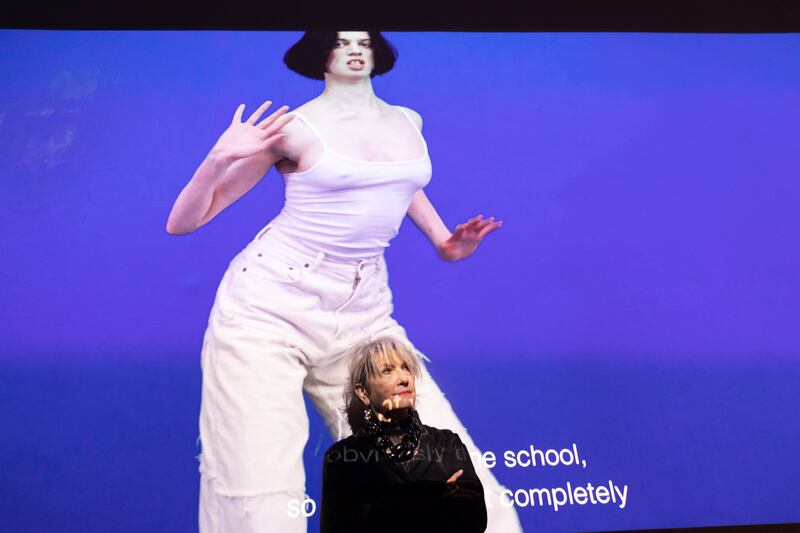
If women’s bodies are seen through a particular lens in art, ageing women’s bodies are seldom seen at all. The artists’ collective Na Cailleacha, formed in 2020, is named for the Irish word “cailleach”, meaning witch or divine hag. Helen Comerford, Barbara Freeman, Patricia Hurl, Rachel Parry, Therry Rudin and Gerda Teljeur, working with art historian Catherine Marshall and composer Carole Nelson, face this invisibility head on. Their exhibition, Na Cailleacha with reference to Paula Rego, at The Dock, brings their uncompromising voices to the fore, underlining American writer and activist Gloria Steinem’s point that “women may be the one group that grows more radical with age”.
While it is often argued that the pressures of social media define and homogenises an ideal body image, sport shows us the extraordinary differences in bodies operating at the peak of their abilities. The physique of weightlifters is poles apart from vaulters, but as D’Nyce, one of the figures in Anna Furse’s compelling Muscle: A Question of Power, at Crawford Gallery, Cork, describes, peak competitive condition in elite sports is frequently incompatible with long-term health.
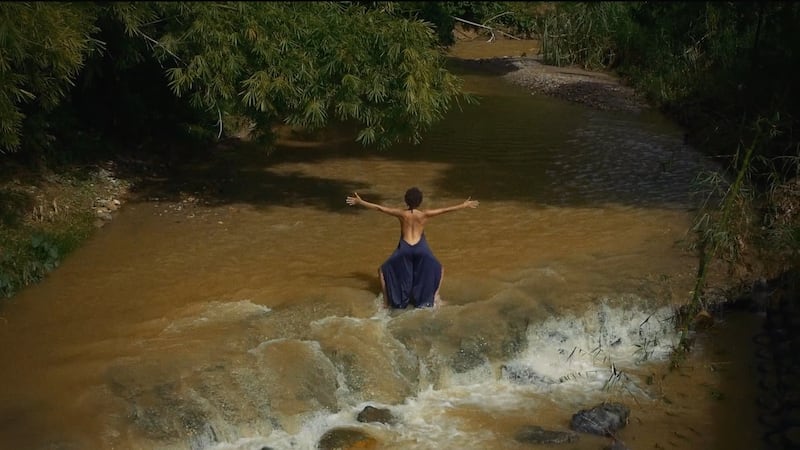
The 55-year-old body builder features alongside a fashion model, queer pole dancer, army veteran, Paralympian, and dance artist, all of whom are female, in an intriguing short film that explores the individuals’ complex relationships with their bodies, their display, their limitations and all they can do. Power in this film is shown to mean many things. A dancer speaks of how, in classical ballet, the athletic nature of a ballerina’s body is masked by the wafts of a tulle tutu; Lily the model describes her work: “I’ll hold a bag, hold a shoe, hold a foundation, and be one with it in order to sell it”; commodifying her body in order to market a commodity. As they talk on topics including resilience, barriers and resistance, they move and flex their bodies, each one at its peak, all utterly different.
The film follows on from its companion piece: Furse’s audio tour of the Crawford’s Canova Casts, during which the voice-over encourages you to revisit the famous casts of Classical-era works from the Vatican Collection. “Seeing is not the same as looking,” notes Furse. “Seeing is a way of looking, of interpreting what it is you are looking at.” We see the Belvedere Torso – “Oh my! The thighs” – exclaims Furse, of a sculpture Michelangelo was said to have spent hours each day studying.
Inviting us to contrast this, and other sculptures of men at the peak of their powers, with the demure poses of the female figures, we see how even Venus, the mighty Greek Aphrodite, is all modesty, posing in that antithetical way still adopted today on red carpets everywhere: “Oh, you’ve surprised me. Do you really think I’m pretty? Look at me. Must you look at me? You’ve made me come over all coy.” It is a pose that cedes power, even while assuming the centre of attention.
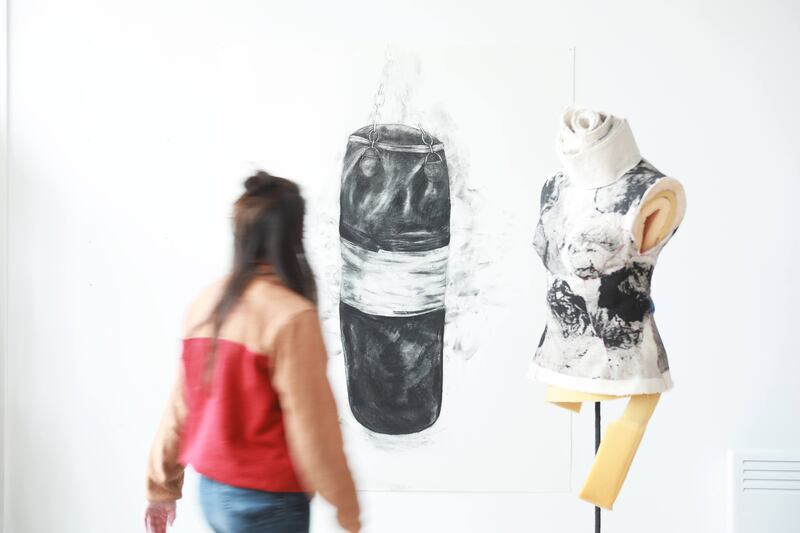
Another exhibition exploring women’s power in sport, Counterpunch, is taking place at the National Stadium Gym in Dublin. Artist Sharon Kelly worked with Eve Woods, Nicole O’Sullivan and Yasmin Meredith, young elite boxers at Corinthians Boxing Club, to look at what boxing is, and can mean in an era when athletes such as Katie Taylor and Kellie Harrington have punched through the barriers to female participation. The results are intriguing, gritty and display female power in a welcome way that has nothing to do with sexuality.
Back in The Crawford, Bodywork is a more general exploration of all the body is, can mean and may represent. The work on show is a welcome reminder that many contemporary artists have moved miles from the classical conventions of body display. Intriguingly, having come to the exhibition through Anna Furse’s audio and film work, the pieces that depicted conventionally beautiful bodies seemed less impressive than they may have had they been experienced before Furse’s encouragement to see bodies, and the world differently. “In today’s obsession with perfection,” notes Furse, “we try to fix ourselves by any means: diet, exercise, cut, nip, inject, medicate, airbrush. It’s beyond health. It’s reaching for something else ... ”
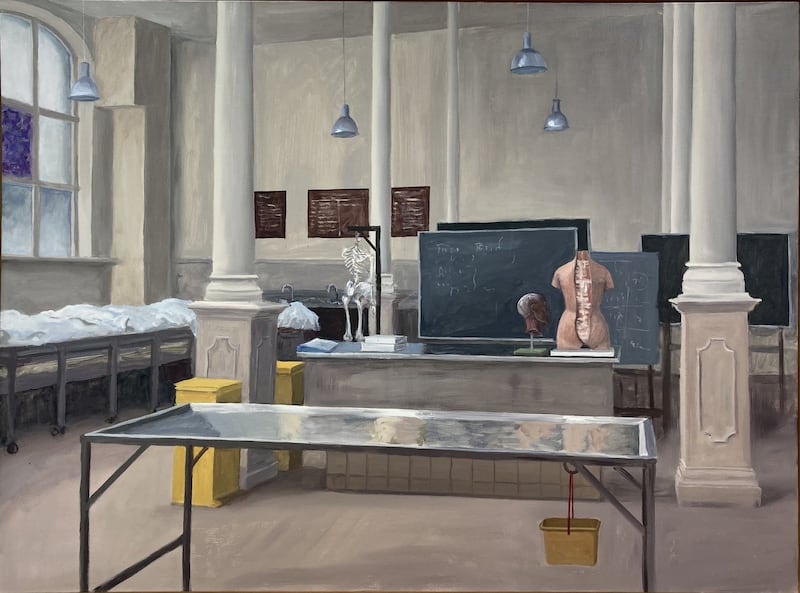
If that “something else” is the emotional space to understand “being human” rather than “being by means of being observed”, the places to find it in Bodywork are in Eithne Jordan’s eloquent painting of an Anatomy Room, Rachel Ballagh’s study of her friend and fellow artist Corban Walker, Brian Maguire’s record of migrant death in his Arizona series, or Nick Miller’s intimately understanding portrait of his wife, Noreen, in which a bunch of flowers rather than bodily display takes centre stage.
Bodywork features art recently acquired by the Irish Museum of Modern Art and Crawford Art Gallery by Rachel Ballagh, Elizabeth Cope, Yvonne Condon, Stephen Doyle, Rita Duffy, Debbie Godsell, Eithne Jordan, Dragana Jurišić, Breda Lynch, Brian Maguire, Leanne McDonagh, Eoin McHugh, Nick Miller, Peter Nash, Maïa Nunes, Sandra Johnston, Alice Rekab, Rajinder Singh and Jennifer Trouton
Lavinia Fontana runs at the National Gallery until August 27th; Na Cailleacha is at The Dock until July 1st; Muscle: A Question of Power, and Bodywork are at Crawford Gallery until August 20; Counterpunch is at the National Stadium Gym until June 5th














